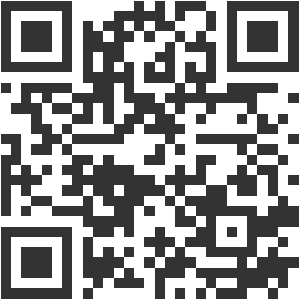Quick mobile download

iOS & Android
Learn evidence-based strategies that may help reduce UTI risk. Track your hydration patterns and bathroom visits to support infection prevention.
Research-backed methods to naturally prevent urinary tract infections
Drink 6-8 glasses daily to flush bacteria from your urinary tract. Research suggests proper hydration may help reduce UTI recurrence.
Don't hold it in - aim to urinate every 2-3 hours. Regular voiding prevents bacterial buildup in the bladder.
Fully empty your bladder each time you urinate. Residual urine creates breeding grounds for bacteria.
Urinate within 30 minutes after sexual activity to flush out bacteria introduced during intercourse.
Always wipe front to back to prevent E. coli bacteria from the anal area reaching the urethra.
Limit caffeine, alcohol, and spicy foods which can irritate the bladder and increase infection risk.
Monitor hydration and bathroom visits to identify personal triggers and optimal prevention routines.
Understand why monitoring your hydration and bathroom patterns is crucial for UTI prevention
Identify situations that trigger UTIs - dehydration periods, holding urine too long, or lifestyle factors that increase your risk.
Learn your body's natural rhythms to prevent night-time UTIs while maintaining proper hydration throughout the day.
Share detailed data with healthcare providers to get personalized UTI prevention strategies and identify underlying issues.
Tracking hydration and bathroom visits helps identify patterns that may support UTI prevention
Urinary tract infections (UTIs) affect millions annually, with women being 8x more likely to develop them. The key to UTI prevention lies in understanding how bacteria enter and multiply in the urinary system.
Reality: While cranberries contain beneficial compounds, proper hydration and bathroom habits are far more effective for UTI prevention.
Research shows that behavioral modifications - particularly tracking water intake and urination frequency - are the most effective natural UTI prevention methods.
While prevention is ideal, some situations require immediate medical attention:
SleepFlō's tracking data can help your doctor identify patterns and prescribe targeted prevention strategies. Export your hydration and bathroom visit data to share during consultations.
Join users who are taking control of their UTI prevention with smart tracking and evidence-based strategies.